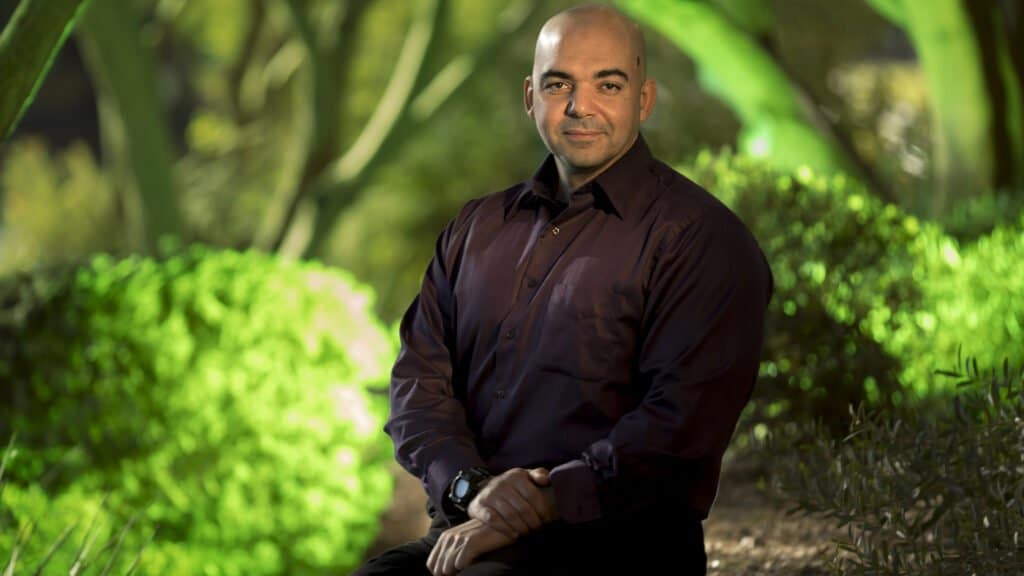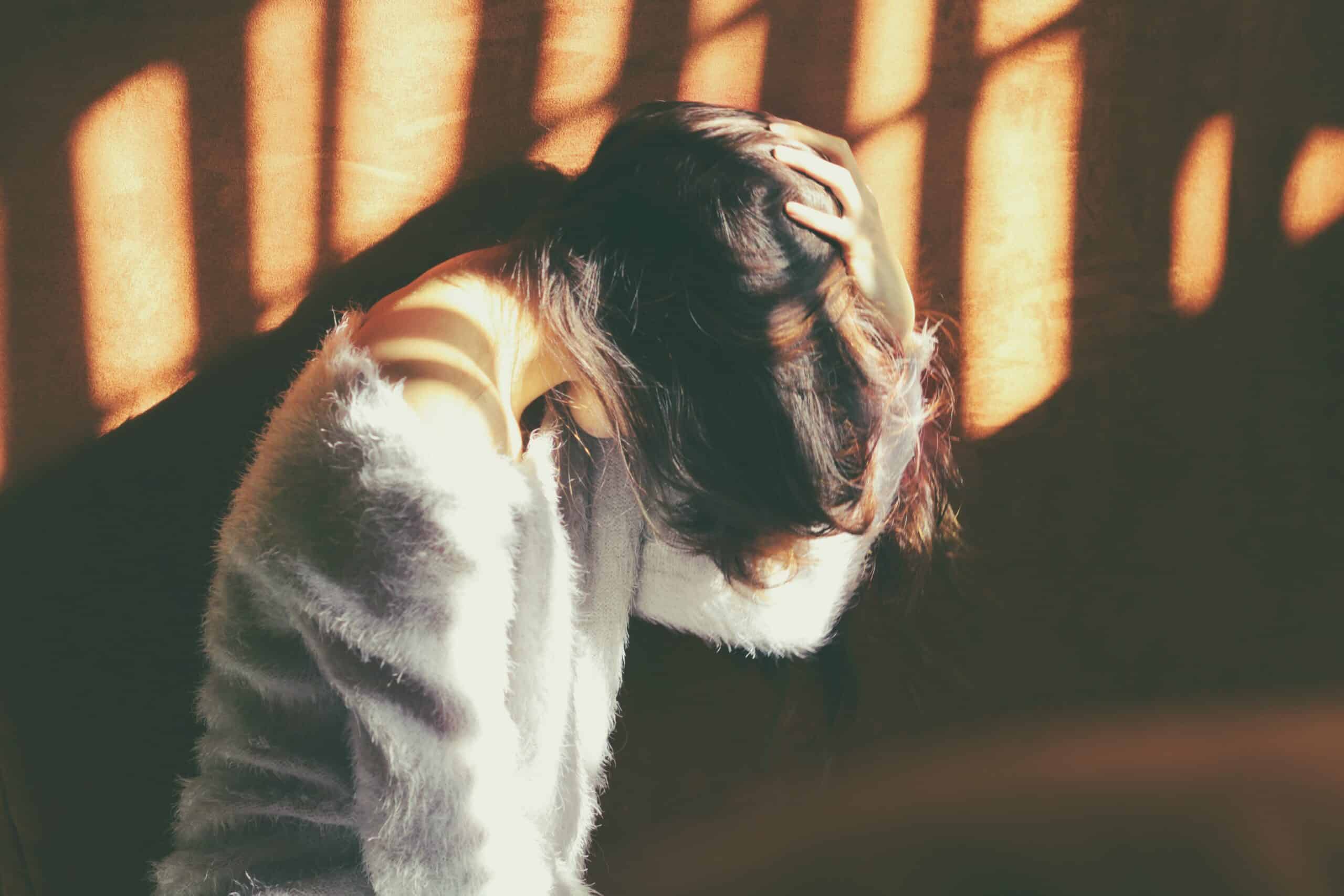People suffering from migraines may benefit from green light therapy, according to a new study.
“It's not just a green light. To reduce migraines it must have the right intensity, the right frequency, the right exposure time and the right exposure methods”. Mohab Ibrahim, head of the research, is keen to point this out. Rahim is an associate professor of anesthesiology, pharmacology and neurosurgery at the University of Arizona College of Medicine-Tucson and director of the Chronic Pain Management Clinic.
His research results show that green light can reduce migraine days, headache frequency and intensity, and improve patients' quality of life.

An ugly beast
Migraine is the third most common disease in the world. It affects 12% to 14% of the Italian population and 1 billion people worldwide, according to the Migraine Research Foundation.
This is the first clinical study evaluating green light exposure as a potential preventative therapy for migraine patients. It could be a good step forward, a good battle won in the context of a long and difficult war, the one to reduce migraines. One day, perhaps, it will be possible to completely eliminate what is one of the most complex neurological conditions.
Research on green light to reduce migraines
Overall, exposure to green light was successful in reducing migraine days on average about 60% per month. The majority of study participants (86% of patients with episodic migraine and 63% of patients with chronic migraine) reported a reduction in over 50% of headache days per month. Episodic migraine is characterized by up to 14 days of headache per month, while chronic migraine is 15 or more days of headache per month.
The overall mean benefit was statistically significant. Most people were extremely relieved
Mohab Ibrahim
Study participants received light strips and instructions to follow at home. Curiosity: to measure the satisfaction of the participants it was said that at the end of the study they should have returned the light received. At the time of doing so, 28 out of 29 participants preferred to keep it when the team feared this possibility. None of the study participants reported any side effects from green light exposure.
A path that comes from afar
Ibrahim and the co-author Amol Patwardhan have been studying the effects of exposure to green light for several years. This initial clinical trial included people who had failed multiple traditional therapies. Despite recent advances, treatment to reduce migraine is still a challenge, and there are many conventional and unconventional treatments still in development.
The use of a non-drug therapy such as green light can be of enormous help to a variety of patients who either do not want to take medications or do not respond to them. The beauty of this approach is the lack of associated side effects. If anything, it appears to improve sleep and other quality-of-life measures.
Amol Patwardhan
Reduce migraines with a green light like medicine
During the study, the patients were exposed to white light for one to two hours a day for 10 weeks. After a two-week break, they were exposed to green light for 10 weeks. They completed regular surveys and questionnaires to track the number of headaches experienced and their intensity. Other quality-of-life parameters were also measured, such as the ease of sleeping peacefully or doing work.
Using a numerical pain scale from zero to 10, participants noted that exposure to green light led to a reduction in pain 60%, from 8 to 3,2. Green light therapy also shortened the duration of headaches and improved participants' ability to fall asleep and stay asleep, do chores, exercise and work.
“In this study, we treated the green light like a drug,” says Ibrahim. The doctor is in contact with other professionals, who have asked him for the parameters and schemes of this light, for which it is possible to use a suitably configured LED. It can be an economical and effective solution in places where there is not much availability of resources.


